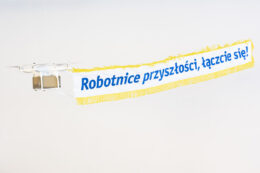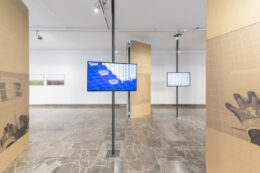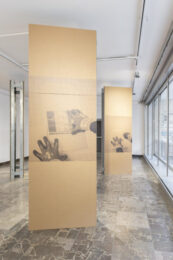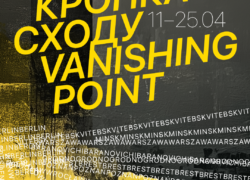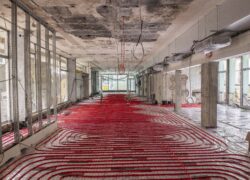Texts accompanying the exhibition:
Inside the Belly of the Beast, Agnieszka Mróz
In Amazon’s warehouses, also called “fulfilment centres”, online orders are handled by human hands in a partly-automated, arduous process. Items should be delivered in the fastest time possible. Customer Obsession, Amazon’s motto, sets high standards for the company’s employees. Their work is assessed and has to meet efficiency norms. They walk up to 20 kilometres a day or stand in one position repeating their moves according to standardized instructions. Work efficiency is measured by an algorithm: employees whose results will be even 1 percentage point lower than the imposed 100% can receive a warning or even be fired.
Just before the pandemic, Amazon was reported to expand on the Polish market, although logistics centres have been processing a high number of orders in this region of Europe for several years at this point. Polish Amazons centres, cooperating with temporary work agencies, not only didn’t stop functioning during lockdown, but recruited new employees. At the peak of SARS-CoV-2 pandemic the company didn’t impose adequate security measures and the policy of reporting new cases wasn’t transparent. While many countries were implementing new restrictions and many companies decided to stop operating, Amazon increased its profits and generated a record turnover.
For many weeks employees have demanded better health protection and have spoken against wage disparities between the newly employed, who receive high financial bonuses and long-serving employees, who are offered significantly fewer financial benefits. “How to support people who fight for employee rights and, in a broader perspective, for equality and social justice?” is a question posed by Szabelski in the introduction on his AMZN project’s website.
The artist’s solo exhibition explores faces of exploitation using as an example one of the world’s biggest companies. In his photos, Szabelski documents the suburban landscape of economic zones and sheet-metal façades of warehouses seen from a distance. In the background he places modified motivational quotes seen in warehouses’ facilities. He uses the information from annual reports and online articles to create an installation which is displayed in the exhibition and on the internet. In order to take a look at the work hidden behind windowless walls of warehouses, Szabelski accepts a job in the logistics centre in Sady near Poznań, the oldest Amazon’s fulfilment centre in Poland. Robust trade unions operate here and in a couple of other locations, fighting for proper working conditions of the employees.
For the time of the project’s display, Arsenał Municipal Gallery will display archive materials of Inicjatywa Pracownicza Trade Union, which fights for better working conditions and higher wages for Amazon’s employees in Poland.
Project’s website: amzn.vnlab.org




